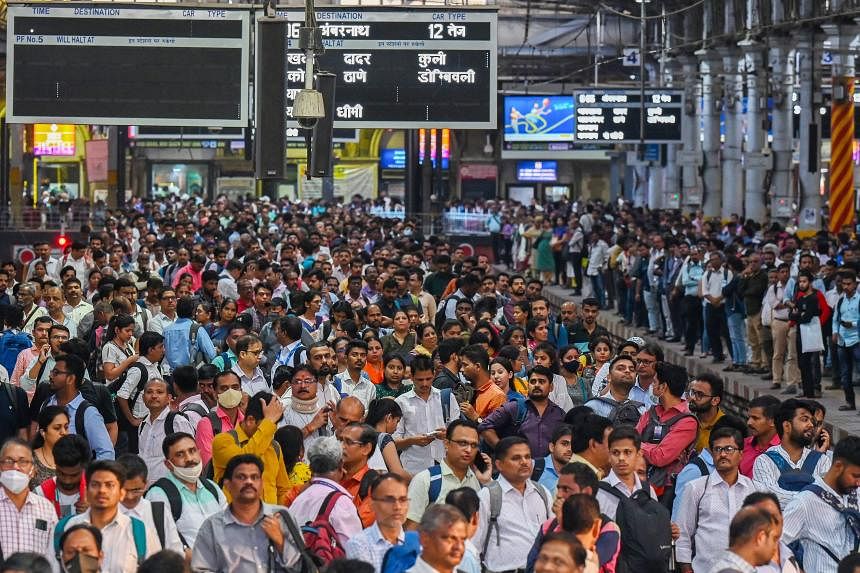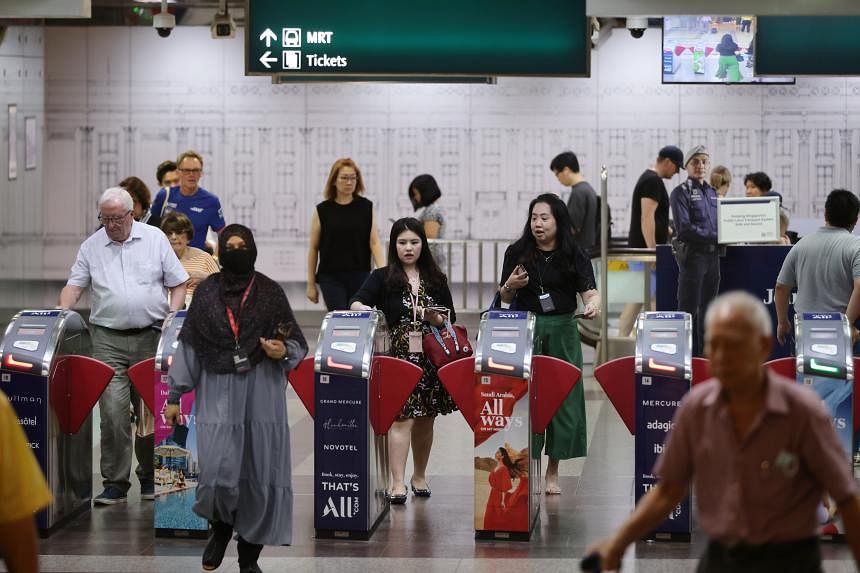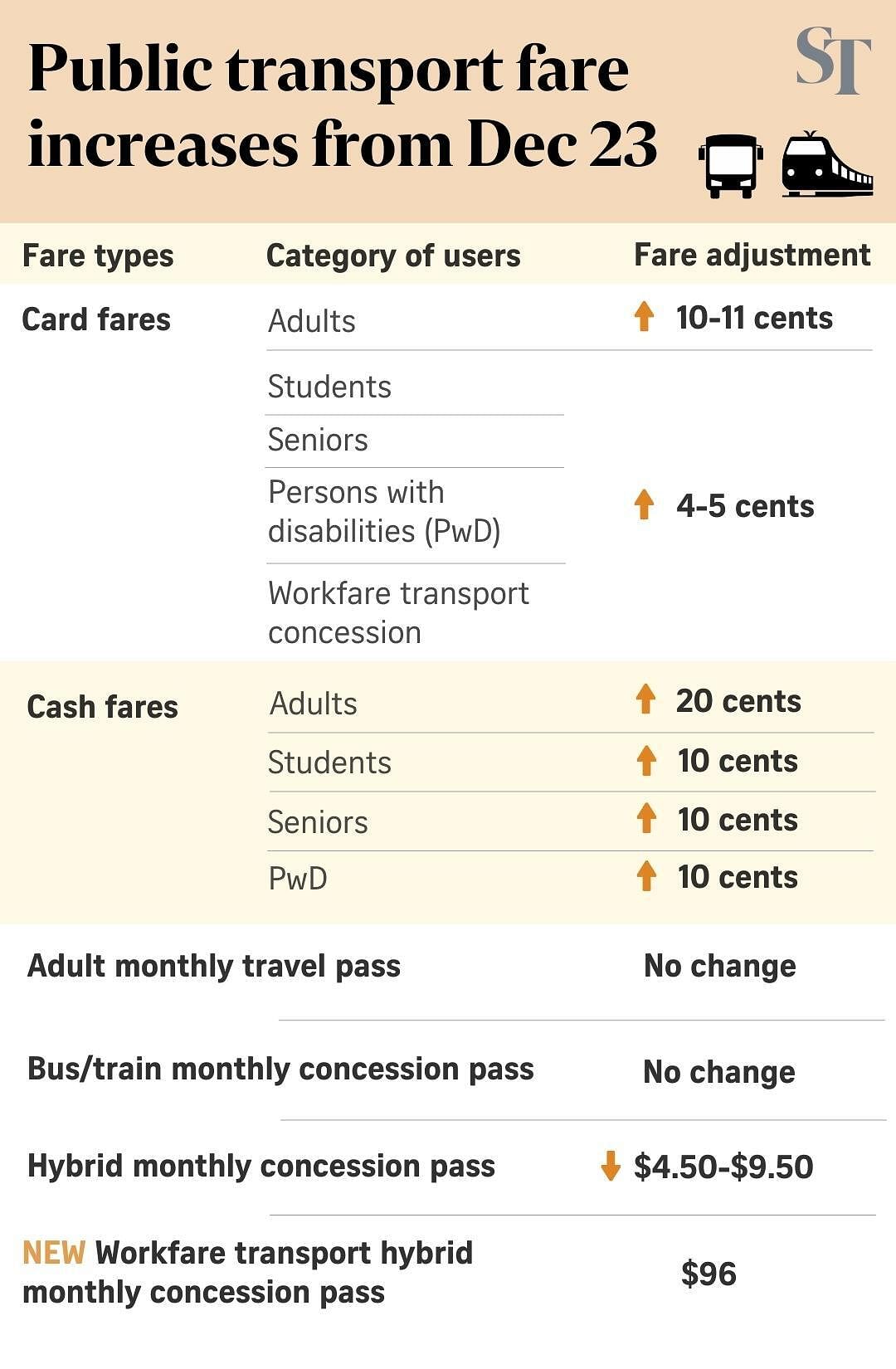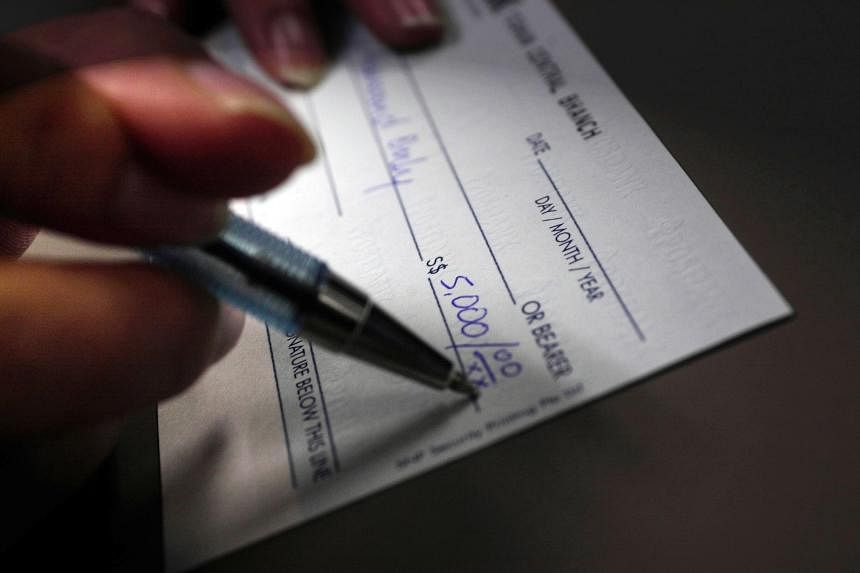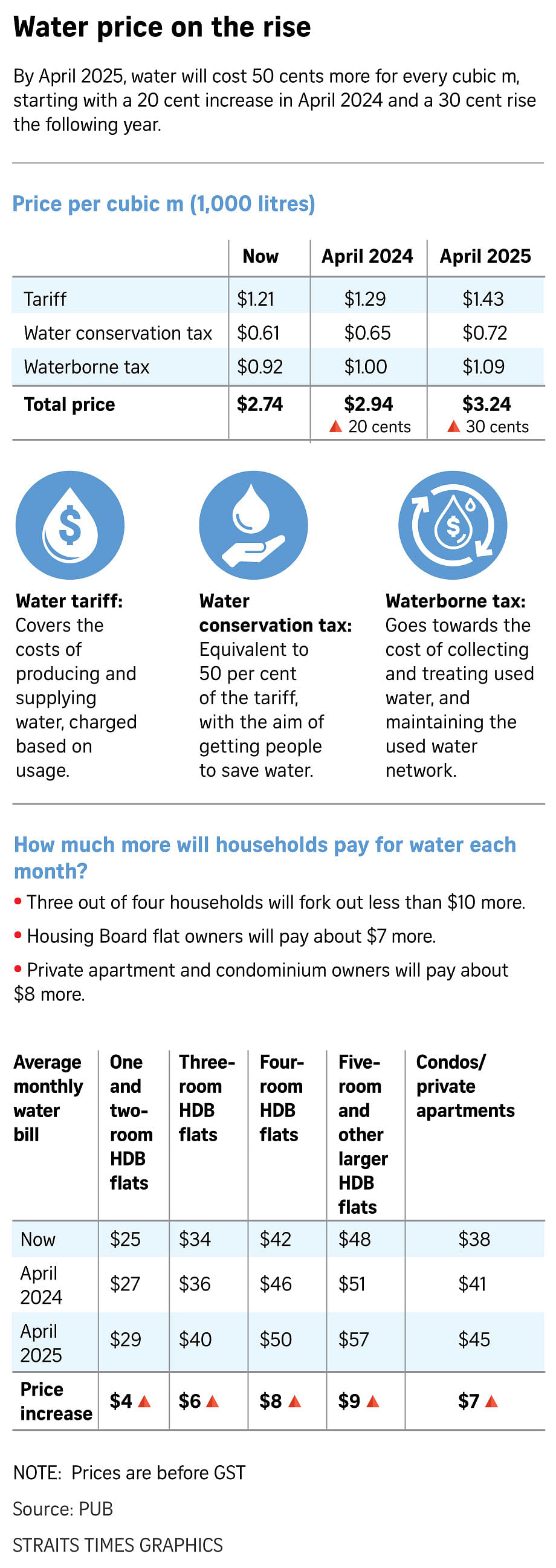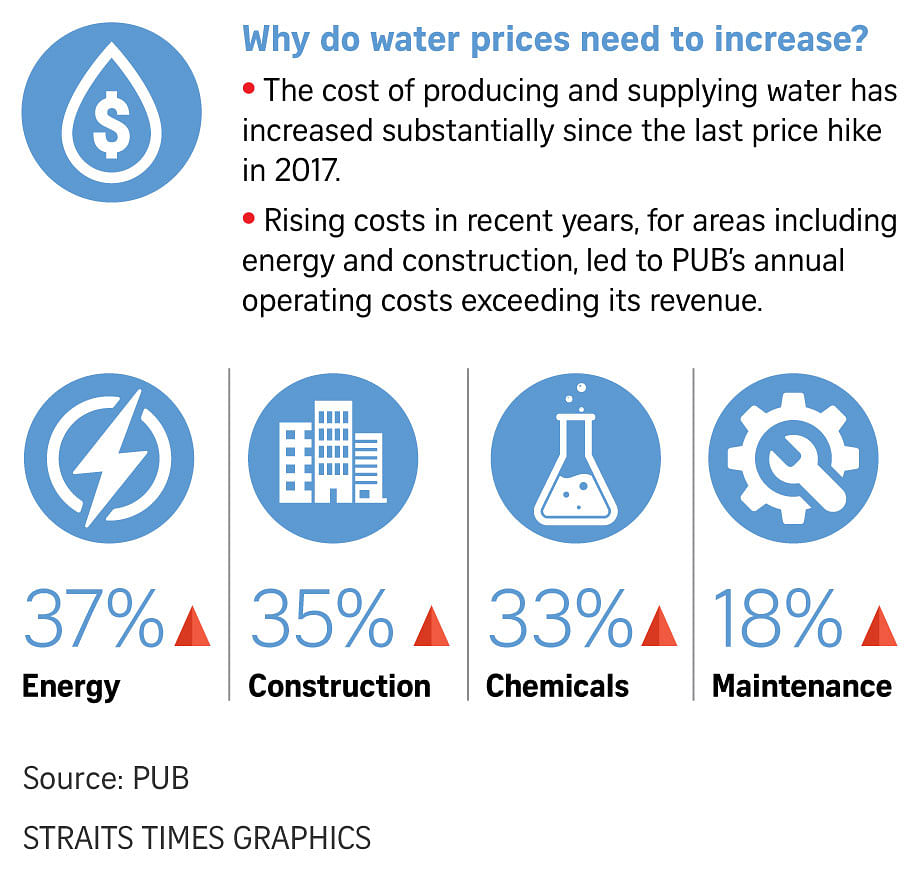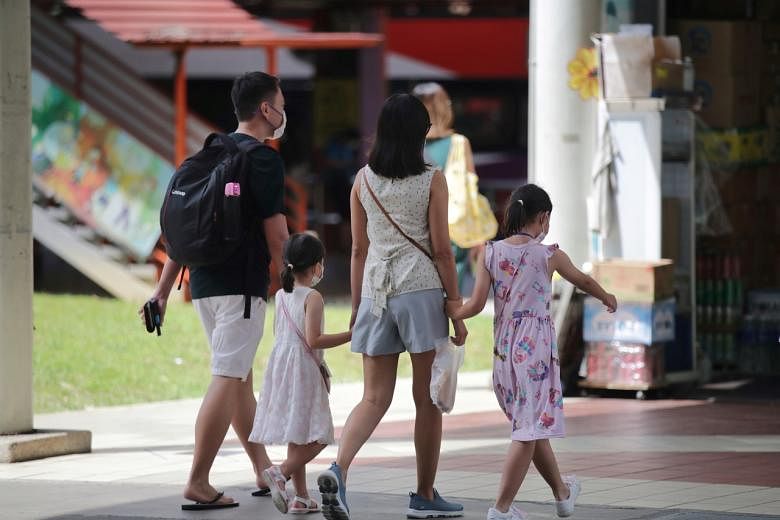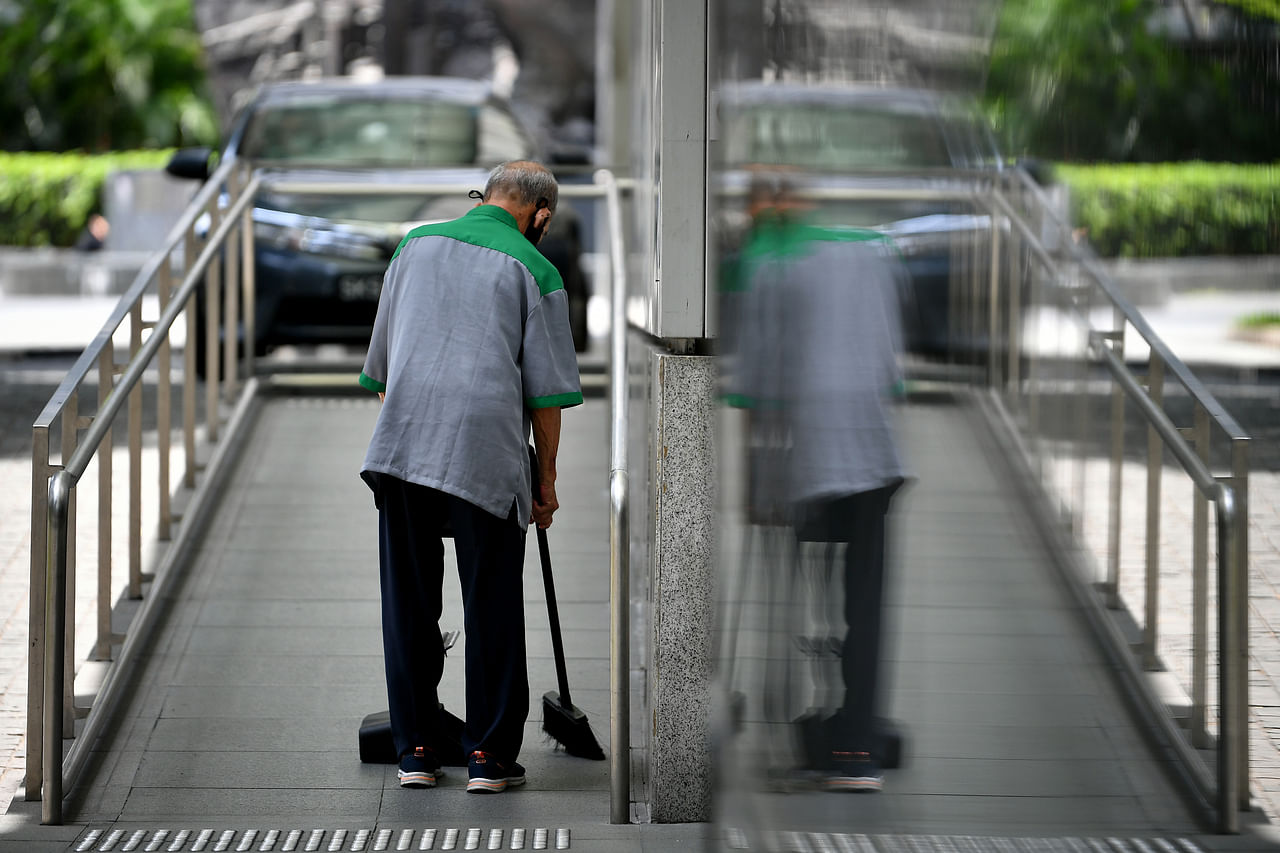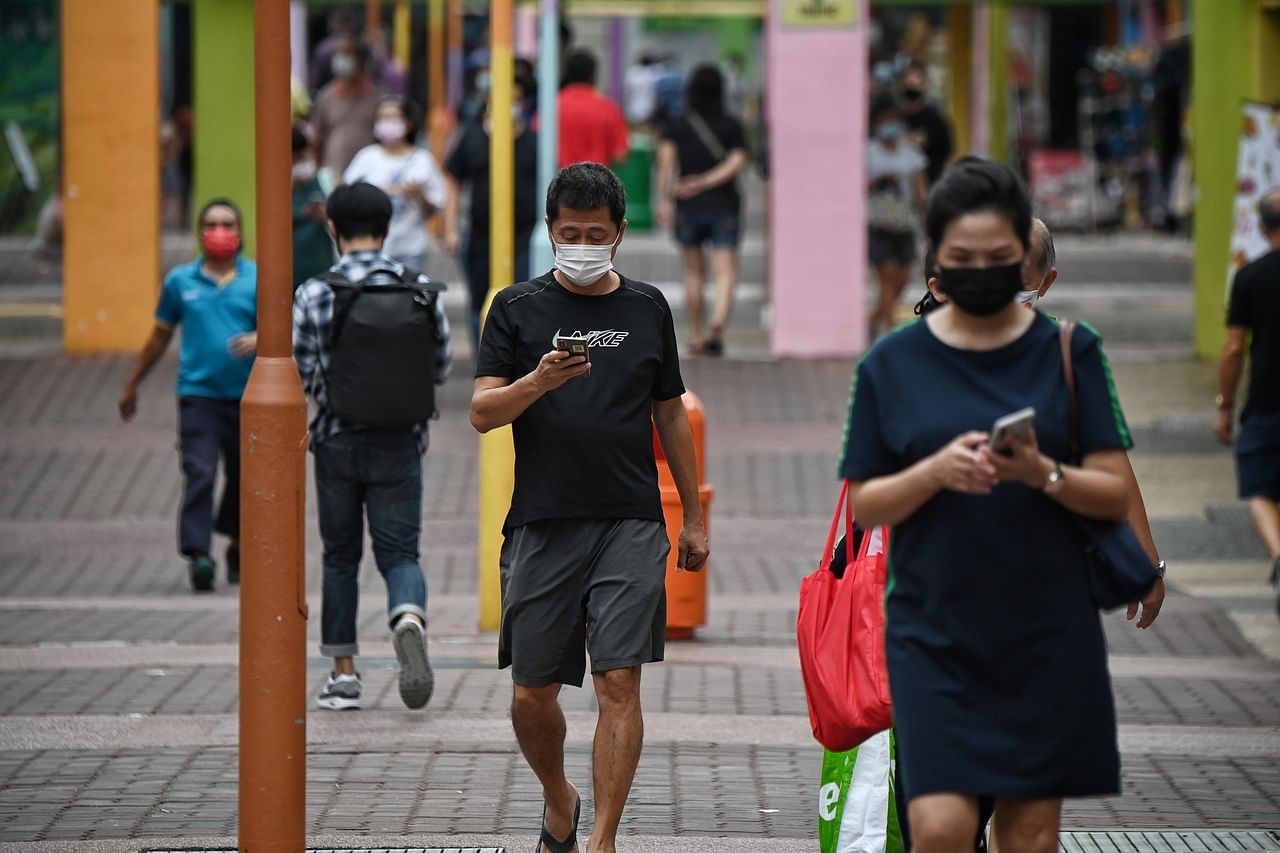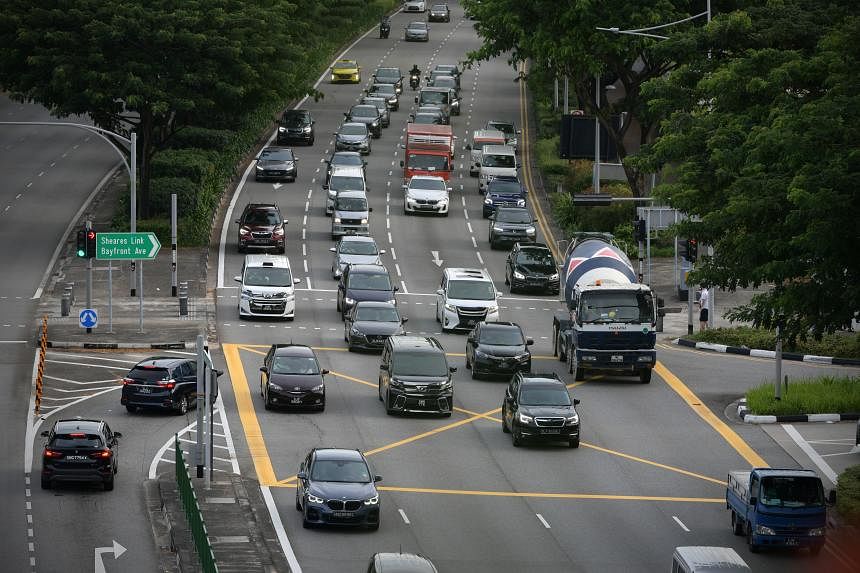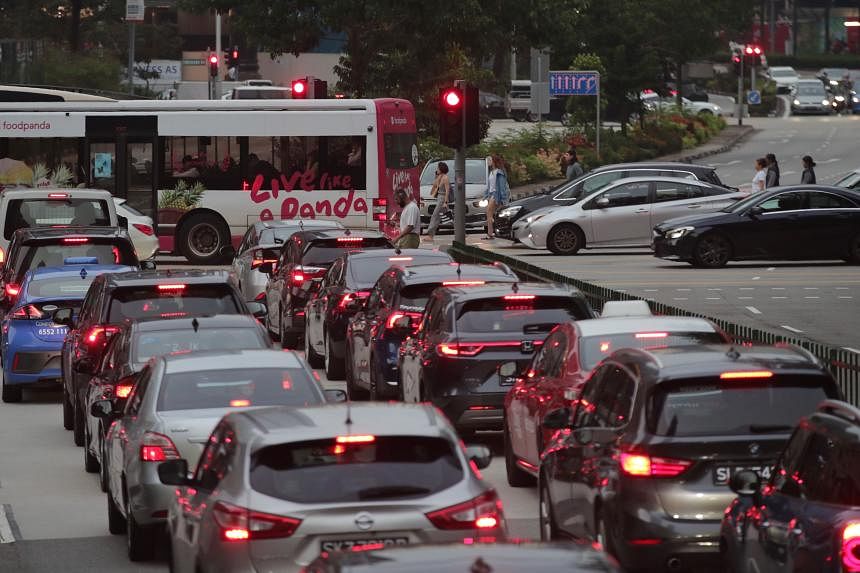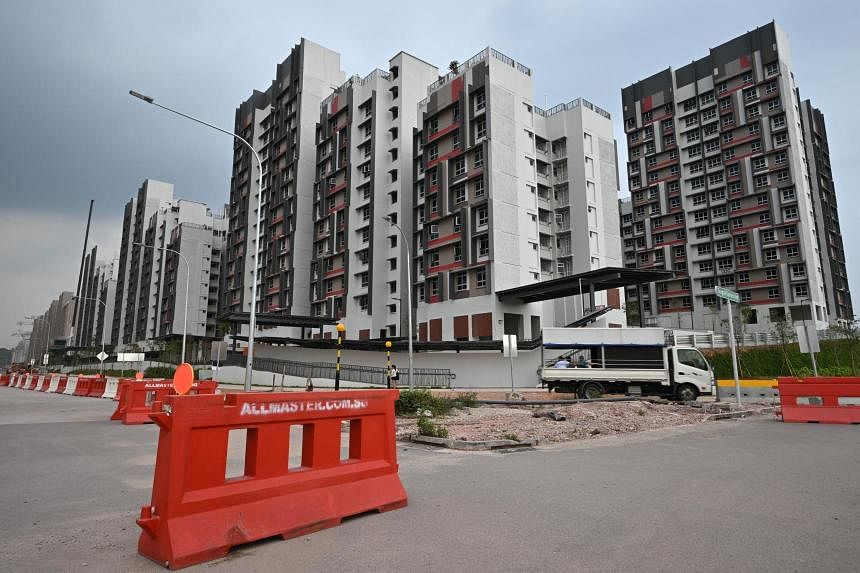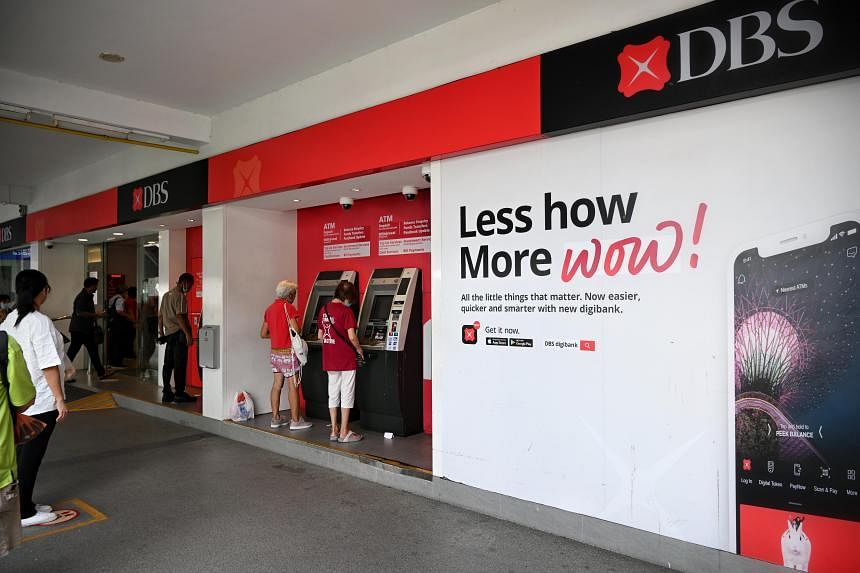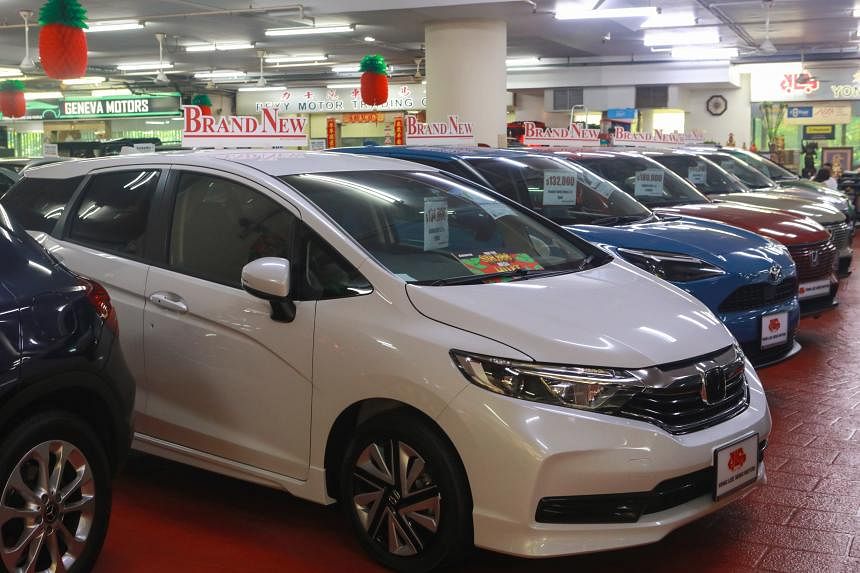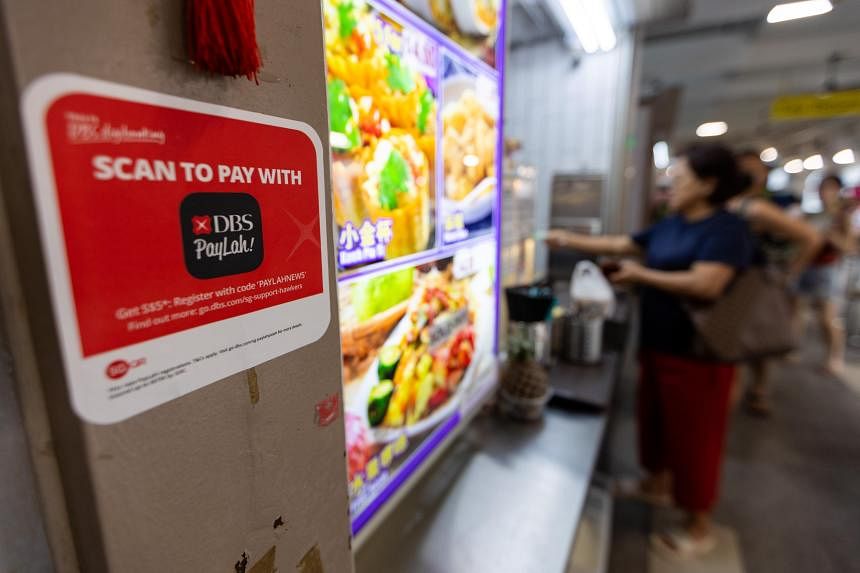Family of four needs $6,426 a month for basic standard of living in S'pore, says study
The average wage per working parent needed to meet the basic standards of living is $2,906 per month. PHOTO: ST FILE
Tham Yuen-C
Senior Political Correspondent
OCT 8, 2021
SINGAPORE - A family of four, with parents, a pre-teen and a teenager, needs at least $6,426 a month to afford a basic standard of living, a study on household budgets has found.
A family of two, with a single parent and a toddler or pre-schooler, meanwhile, needs $3,218 a month.
But a substantial and concerning proportion of working households in Singapore - about 30 per cent - do not earn enough to meet these needs.
The study was done by National University of Singapore Lee Kuan Yew School of Public Policy (LKYSPP) and Nanyang Technological University (NTU).
Its findings were released in the report Minimum Income Standards For Households In Singapore (2021), and were
disputed by the Ministry of Finance (MOF) in a statement on Friday (Oct 8).
LKYSPP senior research fellow Ng Kok Hoe and NTU head of sociology Teo You Yenn, two of the study's six authors, said that the study on how much people need to achieve a basic standard of living in Singapore has exposed some gaps in society.
Using the figures as a benchmark and comparing them against existing income data as well as public schemes show that some segments of the population are not able to meet their basic needs, added Dr Ng at an event presenting the study's findings held over videoconferencing platform Zoom.
But the MOF said "the conclusions may not be an accurate reflection of basic needs largely due to assumptions used", pointing to the limitations of the Minimum Income Standards (MIS) approach used.
The study defined standard of living as one in which Singaporeans can afford housing, food and clothing, and also have opportunities for education, employment and work-life balance, as well as access to healthcare.
It should also enable a sense of belonging, respect, security and independence and afford the choice to participate in social activities and cultural and religious practices.
Based on this definition that emerged from focus group discussions, researchers then convened more focus groups for people to come up with lists of items people from different stages of life will need.
The researchers went to shops or websites mentioned by the participants to find out the real price of each item. These lists were then combined to form the budget of various configurations of households.
Dr Ng said a critical pillar of the MIS approach is to ensure that each focus group is economically diverse, so the budgets resulting from the discussions are not just for particular segments, say the rich or poor. Instead, these budgets apply universally for all Singaporeans, he added.
A total of 196 participants of different genders, ethnicity and socio-economic backgrounds took part in 24 focus group discussions.
This method differs from other methods of assessing needs, which typically depend on experts and household expenditure.
The MOF said the budgets arising from the study were in excess of the basic needs for an average household.
The LKYSPP-NTU team had done a previous study in 2019, focusing on elderly households.
This time, it covered younger households, including those with a single parent with one child aged two to six, and those with parents with two children, one aged seven to 12 and the other aged 13 to 18.
It also updated its findings on households with a single elderly person, by accounting for inflation, among other things.
Adopting the household budgets as benchmarks and comparing them with data on actual income from work, the study found that after taking major taxes and benefits into account, workers earning the equivalent of the median wage in 2020, which stood at $4,534, will make more than enough to cover the needs of the single-parent and two-parent households.
Based on the study, the average wage per working parent needed to meet the basic standards of living is $2,906 per month.
The study's authors suggested that this can be a starting point for a socially acceptable living wage for Singapore, which will allow people to meet their basic needs.
However, the study found that some groups were at risk of falling below this minimum. The youngest workers, as well as those without tertiary education and those in certain low-wage sectors, would fall short if they belonged to these single-parent and two-parent households.
For example, cleaners and labourers take home a median monthly income of only $1,535, while salespeople make $2,345.
For elderly households with one person, basic needs will cost $1,421 a month. PHOTO: ST FILE
The Progressive Wage Model (PWM) and Workfare Income Supplement were also inadequate in helping to make up the difference, with wage levels under these schemes coming up to about 60 per cent of what the single-parent and two-parent households need.
"Clearly, interventions currently available are not enough for working households with children," said Dr Ng.
He added that if such households depend on employment in PWM sectors such as cleaning as their only source of income, they are likely to experience significant financial strain, calling for wage intervention to go further than the PWM currently does.
For elderly households with one person, basic needs will cost $1,421 a month.
Income data suggests that older workers would have just enough to cover this. Workers who are 60 years old and above make a median monthly wage of $2,330.
But elderly people depending on Central Provident Fund payouts may find themselves short, while those needing public assistance would be a long way from achieving a basic standard of living, the study found.
The CPF Basic Retirement Sum, which pays out $800 a month, covers only 56 per cent of what a single elderly person needs. The Silver Support Scheme covers only 11 per cent to 21 per cent, the study found.
While the study offers a scientific benchmark for policymakers to refer to, it does not prescribe a way to help close the gap, said Dr Ng.
He suggested that there were two options, either rebalance the private and public provision of public services such as education and healthcare, or improve wage interventions such as PWM.
The study found that housing, healthcare, education and childcare accounted for a significant proportion of spending for all household types - 28 per cent of the budget for two-parent households, and 39 per cent for single-parent households.
More state funding for such public services, through universal subsidies or direct provision, would help lighten the financial burden on households, he noted.
"What we mustn't do is say we can't move on any of these fronts. If you don't move on any front then people will not have enough," he added.
The study's authors also said the MIS method of constructing household budgets, adopted by countries such as Britain, France, South Africa and Thailand, reflects the lived realities and ordinary habits of people and captures the values and principles that ordinary Singaporeans identify with.
For instance, participants agreed that money should be allocated for contributions at funeral wakes, or birthday presents, but rejected air-conditioners as a necessity.
Participants had agreed that landlines were not needed, since most people use their mobile phones nowadays. PHOTO: ST FILE
They also agreed that land lines were not needed, since most people use their mobile phones nowadays, and that taxi rides are a necessity a few times a week, though cars are not.
Associate Professor Teo said: "The spirit of this project is really about trying to capture how ordinary people think about the basic standard of living in a particular time and... many participants were very articulate in saying that it shouldn't just be about breathing and being alive.
"It's also about thriving, having respect and security and belonging."
The importance of this sense of belonging had come through especially strongly this time around, compared with the first study in 2019, as parents spoke about how children need to be able to do things other children do, so they feel they belong.
That is why the household budgets also included money for them to join their friends at outings outside of school, she added.
Dr Ng said: "It was very meaningful... that people can agree what basic needs in society mean, that people from very different backgrounds agree that there is such a thing called basic needs, agree what it means and looks like...
'This should urge all of us to think about how in policymaking and public deliberation and thinking, we should bring people into it and not think that answers are best produced by narrow groups of elites."

